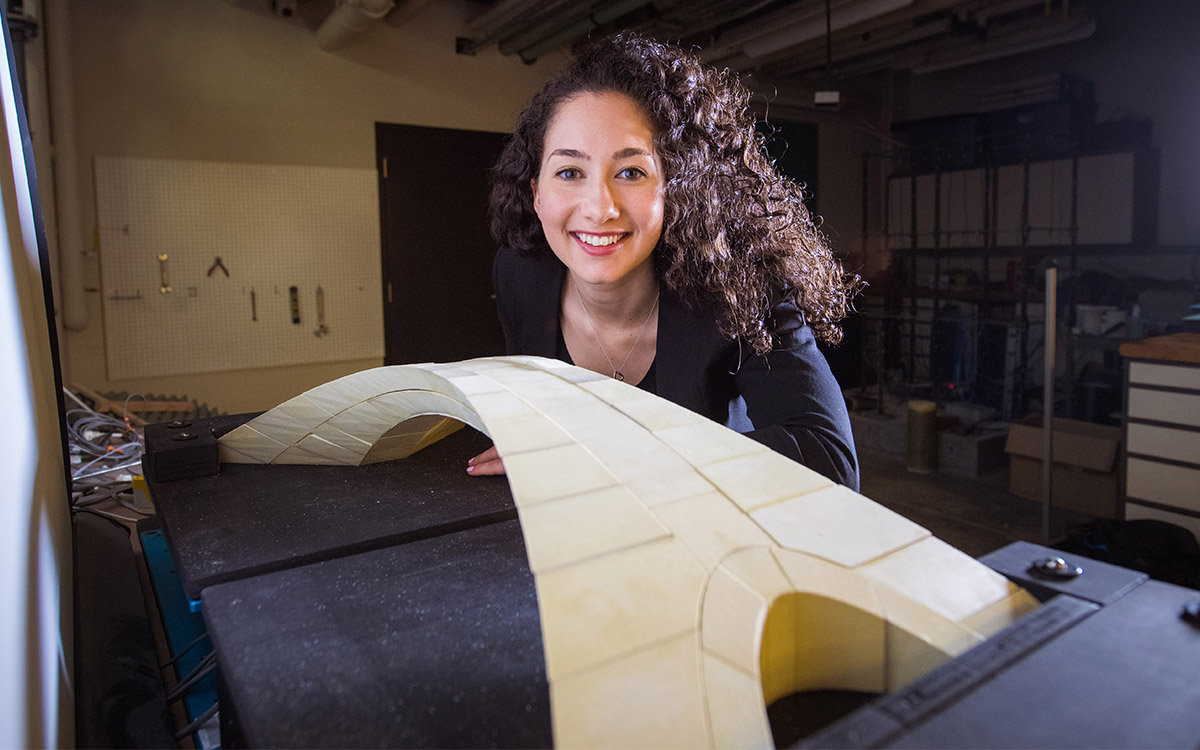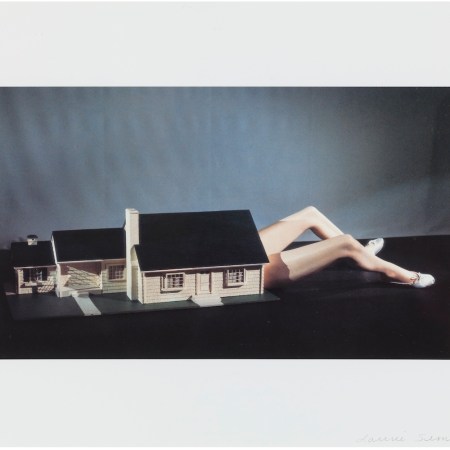At age 50, Leonardo da Vinci designed what would’ve been the longest bridge the world had ever seen. The Ottoman Empire’s sultan at the time, Bayezid II, wanted to connect Constantinople (today’s Istanbul) to nearby city Galata (today’s Karaköy) and searched far and wide for a winning bridge design.
In an upset, da Vinci didn’t get the gig. But his ambitious design, which was detailed in his notebooks and depicted in sketches, is still available for study. A team of researchers at MIT recently decided to reassess da Vinci’s concept (a fitting 500 years after his death) and discovered that da Vinci was centuries ahead of his time.
While most bridges of that age would’ve employed a series of arches, da Vinci’s plan called for one continuous 1,000-foot-long arch, tall enough to let sailboats pass under, that would support itself with lateral abutments — now a common feature in modern engineering. It would have needed to be built with stone, and have to rely on scaffolding and gravity (not mortar) for each piece to assemble hold together.
Sultan Bayezid II was clearly intimidated by da Vinci’s design. But the architects and environmental engineers at MIT were impressed. They built a model at a scale of 1 to 500, using 3D-printed stones. It took a long time — only one stone could print every six hours, and there were 128 of ’em — but the end result proved that gravity-supported masonry would’ve been a revolutionary, successful practice for bridges in the 1500s. As is Leonardo da Vinci needed another ego boost.
Thanks for reading InsideHook. Sign up for our daily newsletter and be in the know.


















